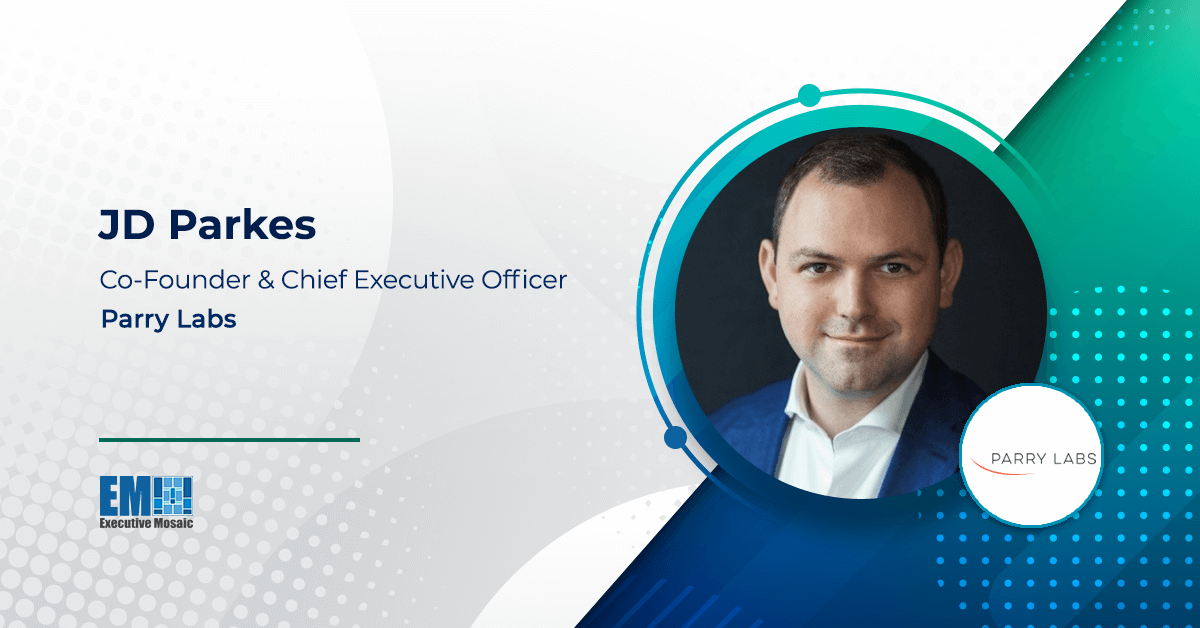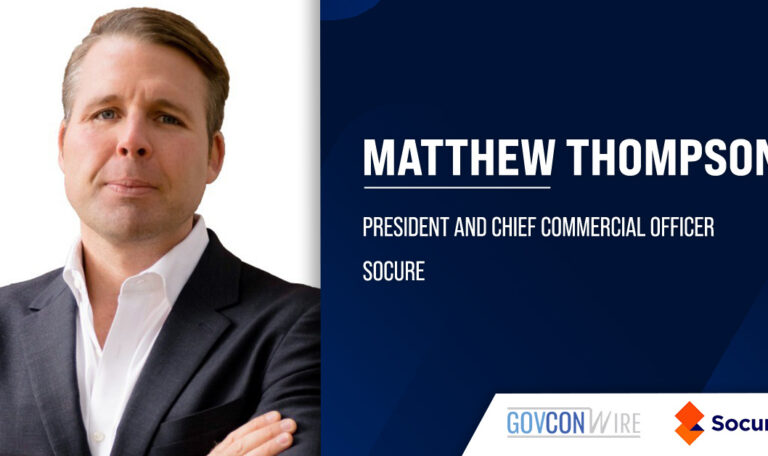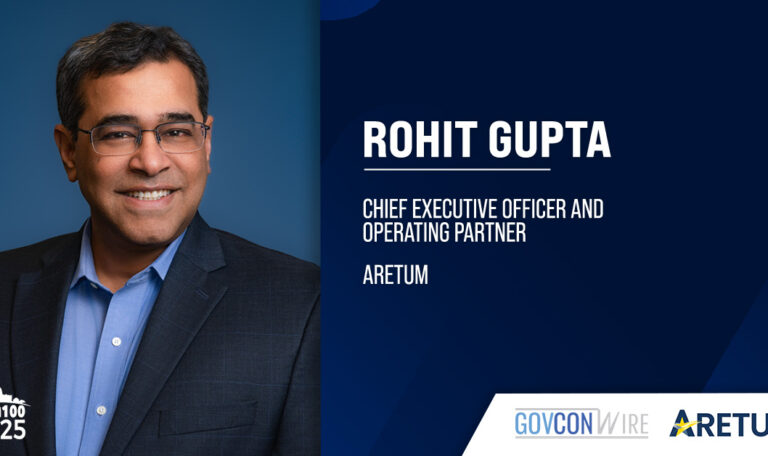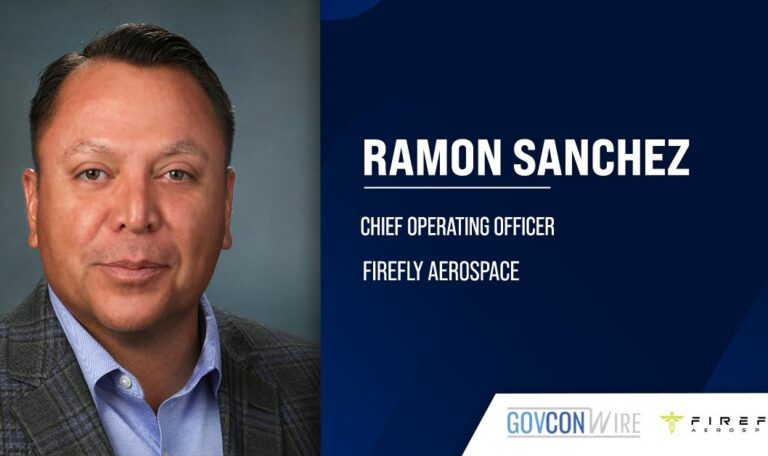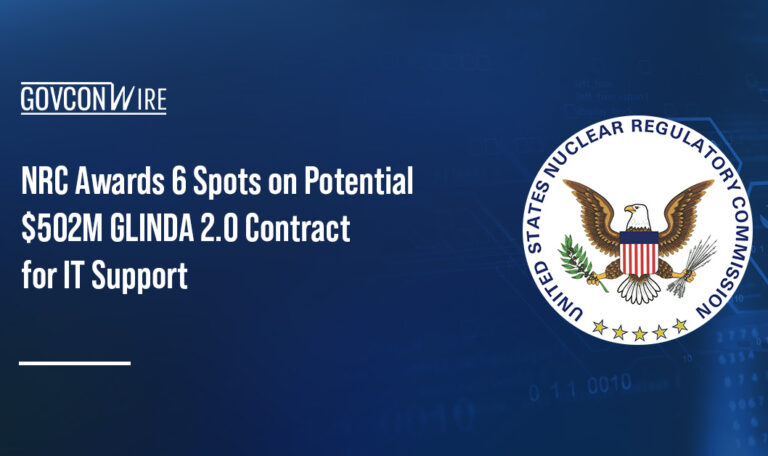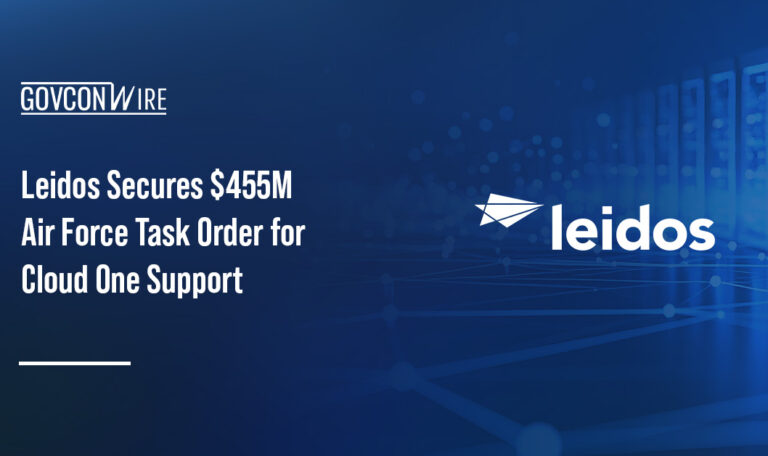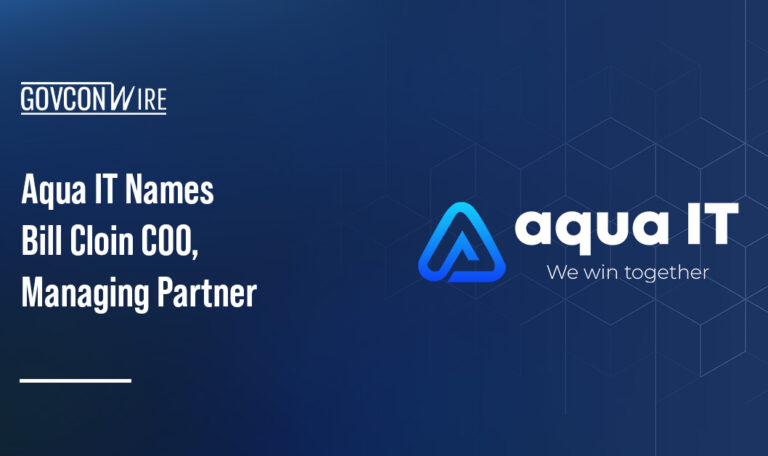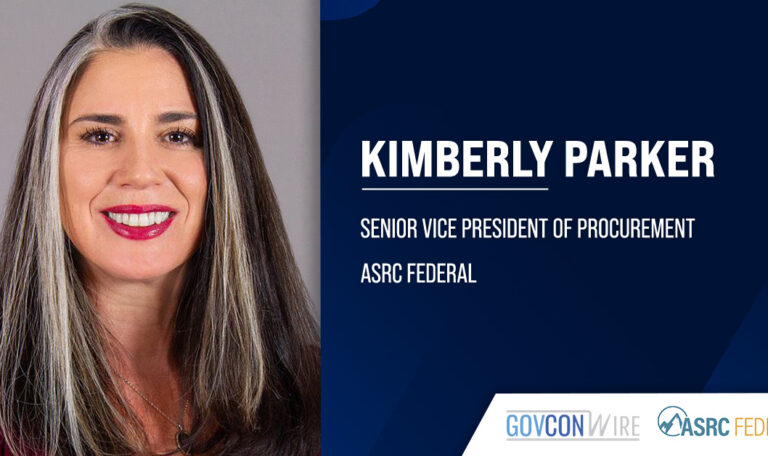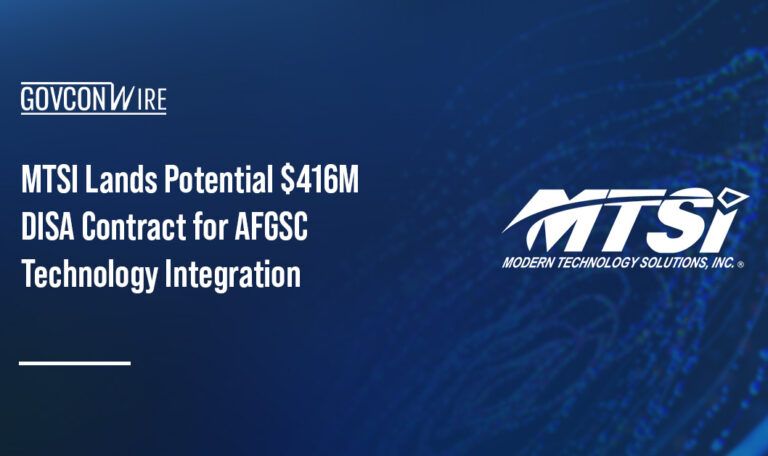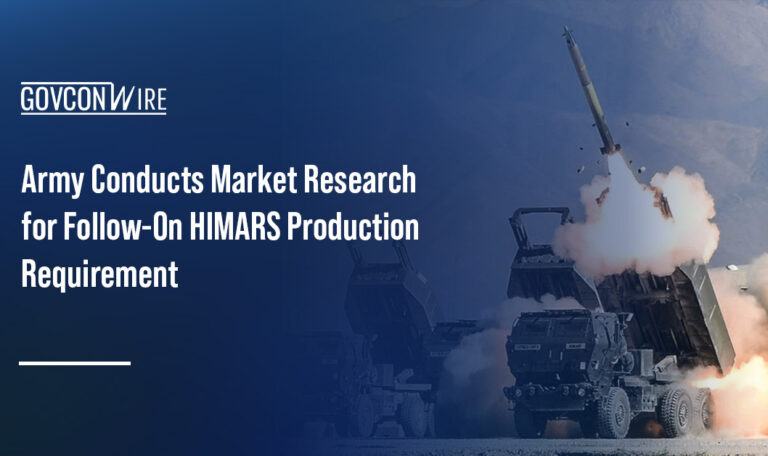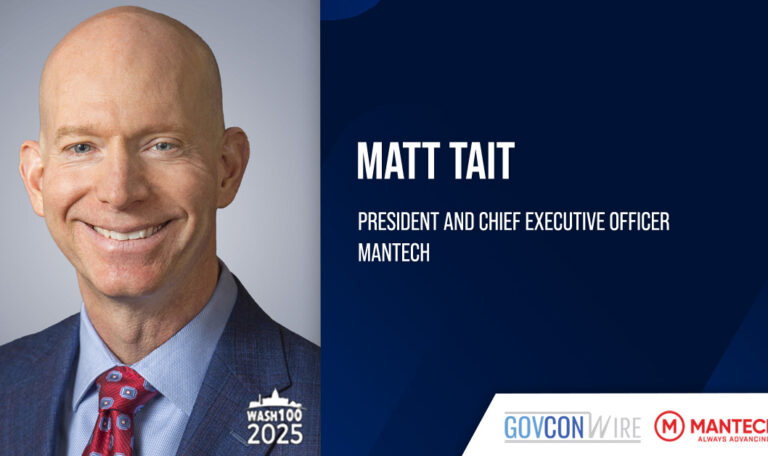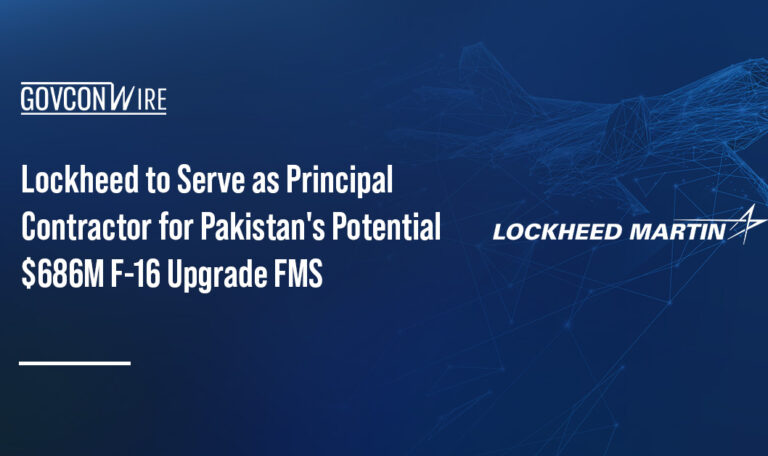JD Parkes founded Parry Labs in 2016 out of a desire to help the Department of Defense achieve its modernization goals and after serving as an adviser to the Office of the Undersecretary of Defense for Research and Engineering on airborne intelligence, surveillance and reconnaissance efforts. The company has been growing steadily ever since, winning bigger and bigger contracts and scaling its ambitions accordingly.
Since we last spoke to Parkes in spring 2023, his team has added well over 100 people and doubled the size of the business. This has allowed the organization to bring products to market faster and diversify its offerings. Parry has also opened a new hardware manufacturing facility in Columbia, Maryland and its Huntsville, Alabama office just moved to a 50,000-square-foot facility for engineering, integration and testing over the summer.
Perhaps most excitingly, Parry recently secured $80 million in growth equity. In this illuminating Spotlight interview, Parkes chatted with us about how the company is utilizing the new wind in its sails to assist software modernization initiatives and deter electronic warfare threats.
GovCon Wire: Can you speak about the importance of software modernization and its role in the country’s efforts to sustain technological dominance?
JD Parkes: The world is closely watching what’s unfolding in Ukraine and Russia, as well as the complicated proxy battles in the Middle East. Software is demonstrating its value where inexpensive, small platforms like drones are outperforming sophisticated systems like costly radars or tanks. Software is becoming the core differentiating capability in the next phase of the battle space. While we may still have physical assets like tanks, planes and ships, their effectiveness will increasingly depend on software and so will their ability to add capability quickly.
Historically, the Department of Defense has struggled with getting software right. Modernizing software offers significant advantages, from speed to affordability, and also improves cyber hardening. The challenge is figuring out how the DOD can successfully implement software modernization. Parry is focused on addressing this issue by bringing together multiple software vendors, integrating them and applying them to complex systems of systems. We’re working to lead the way in this area.
GCW: How is MOSA the key to faster integration and what role does Parry play?
Parkes: MOSA, through the application of standards and architectures, takes complex systems and decomposes them into more manageable modules. Those manageable modules allow for reusability across platforms – develop once and deploy to many. MOSA brings simplicity to a complex world which enables higher degrees of interoperability, portability, and scalability.
We believe MOSA is a game-changer for how DOD acquisition systems will evolve, opening up new opportunities for companies to help the government integrate software and subsystems. Effective MOSA implementation requires a strong ecosystem of technology vendors aligning with its standards.
Currently, many hardware vendors are adopting open architecture standards such as SOSA and HOST. Additionally, a software ecosystem is emerging around these open standards, demonstrating that complex and diverse capabilities can be quickly integrated into platforms and systems when the government adopts an open architecture acquisition approach.
Parry sees MOSA, and our software stack, Stratia, as enabling a diverse community to come together we act as the critical base for seamless horizontal integration between your traditional defense primes like Northrop Grumman, Boeing and L3Harris, to what we view as new entrant primes with companies like Palantir, and even new, small emerging technology startups that might be software-only or have unique subsystems.
Open architecture allows everyone to compete on the same playing field and integrate their capabilities, whether those are large and differentiated, like a platform, or an essential component such as the data layer of a system or a radar survivability system. It creates an opportunity for new, smaller players to participate.
MOSA enables everyone to contribute their goods or services, allowing the government to get the best capabilities integrated into platforms as quickly as possible.
GCW: With the rise of electronic warfare and electromagnetic spectrum operations, what is Parry Labs doing to protect against EW threats and ensure our sensor networks are protected?
Parkes: Parry is heavily involved in the electronic warfare domain with programs like AN/PLT, helping to drive down the cost of EW so that we can achieve spectrum dominance and control for more of our soldiers, sailors and airmen. The EW space is becoming increasingly commoditized, and we’re seeing a shift toward software-centric solutions. Parry is focused on integrating software and digital open architecture technologies into the EW domain, recognizing the significant opportunities in this space. We’re investing heavily to bring new products to market, such as our Defender solution, and advance this field to support needs like CUAS. I can’t say much, but we’re currently on contract to build and replace 2,500 EW jammers in the DOD inventory.
GCW: Where do you see Parry Labs in 10 years and what are the concrete steps you have to take to get to that stage of evolution?
Parkes: The DOD is changing and that’s good news. Investors are backing new classes of companies that represent not just technological change but also business model evolution for the DOD. We believe that digital engineering and open systems are at the core of enabling this transformation. Parry is focused on advancing complex software and system integration — our goal is to make integration less of a hurdle to fielding capabilities, and in the process we’re aiming to define a new class of system integrator. To achieve this, we need to be a great partner with both the government and other businesses.
We envision a new ecosystem composed of like-minded companies aligning with these new approaches to delivering technology. Parry is working across the board to foster this ecosystem and aims to be seen as a leader in providing complex technologies for large DOD programs. We strive to be a trusted provider, supported by a robust network of partners, suppliers and vendors that align with open architecture technologies and approaches.


